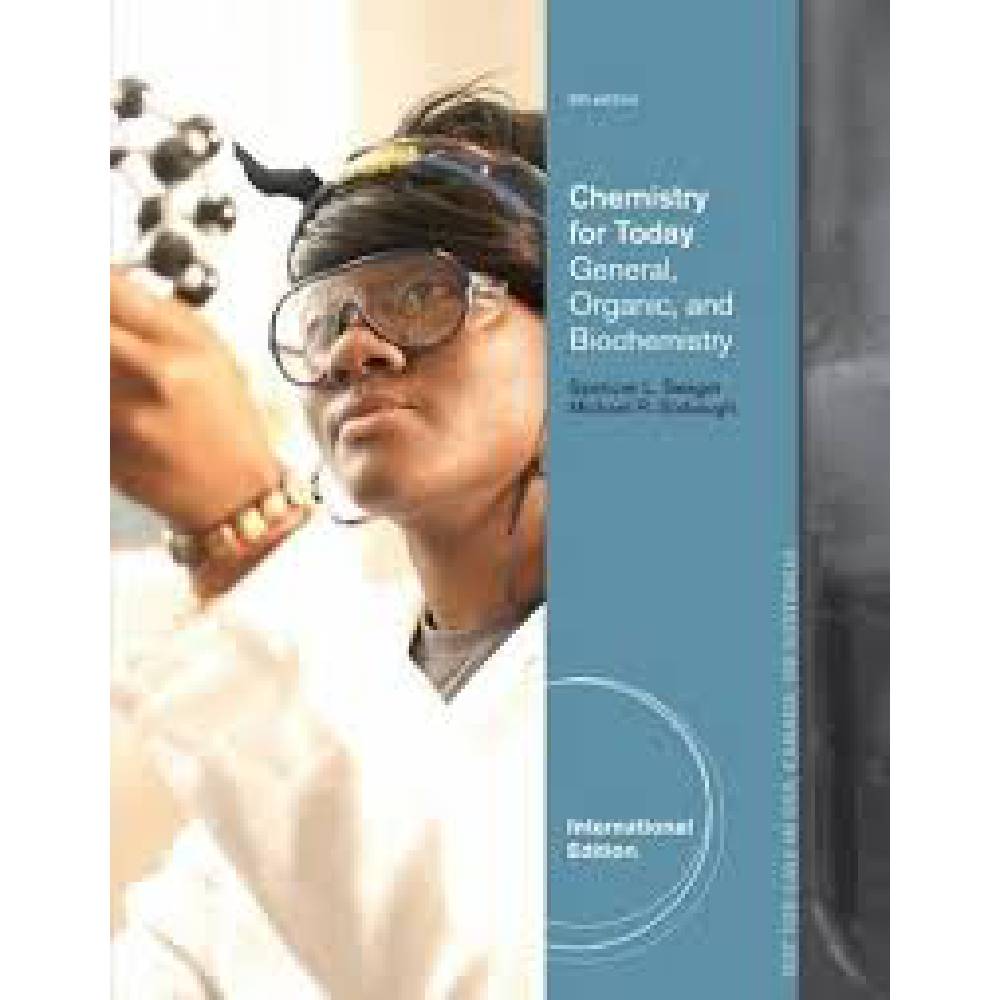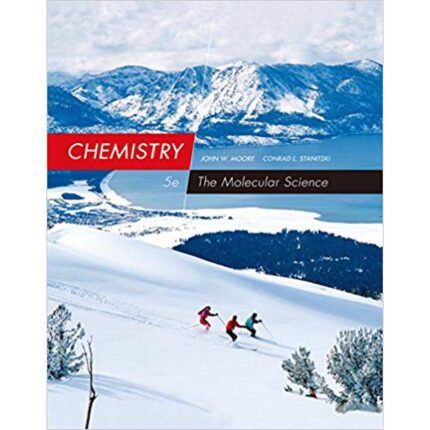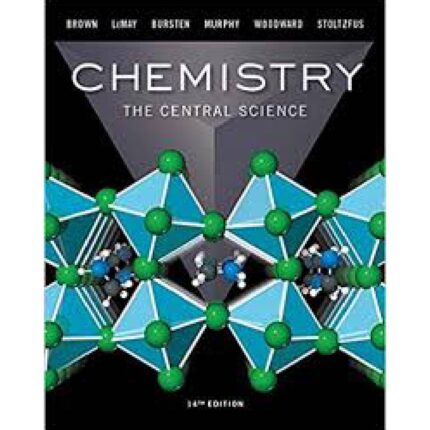Chapter 11—Organic Compounds: Alkanes
MULTIPLE CHOICE
1. What is a major difference between inorganic and organic compounds?
a. There are many more inorganic compounds than organic compounds.
b. Organic compounds contain carbon; few inorganic compounds do.
c. Organic compounds are never ionic.
d. Organic compounds tend to be more polar than inorganic compounds
ANS: B PTS: 1
2. What is the reason why there are so many organic compounds?
a. Organic compounds are produced by living things.
b. Unlike inorganic compounds, organic compounds can be cyclic.
c. Carbon atoms can form stable covalent bonds with other carbon atoms.
d. Organic compounds can be larger than inorganic compounds.
ANS: C PTS: 1
3. The vast number of organic compounds is due to the unique chemistry of carbon. This chemistry involves
a. formation of long chains. c. isomerism.
b. cyclization. d. More than one answer is correct.
ANS: D PTS: 1
4. Which applies to the manner in which carbon bonds in alkanes?
a. The bonds are formed with carbon using an sp3 configuration.
b. The bonds between carbon and other atoms are ionic.
c. Carbon to carbon bonds are expected to be double bonds.
d. The bonds formed by carbon all use p orbitals.
ANS: A PTS: 1
5. Which statement is not correct? Functional groups are
a. to organic chemistry as polyatomic ions are to inorganic chemistry.
b. the parts of molecules used to differentiate classifications of organic molecules.
c. are chemically bound to each other in order to develop larger molecules.
d. there is more than one correct response.
ANS: B PTS: 1
6. Identify the correct statement: The alkanes represent one family of organic compounds
a. in which the halogens are a major component.
b. in which there is at least one double bond between carbons.
c. that is composed of carbon and hydrogen.
d. in which hydrogens can be bonded to other hydrogens.
ANS: C PTS: 1
7. Which of the following formulas does not represent an organic compound?
a. CH4 c. CH3CH3CH3
b. CH3CH2NH2 d. All are organic compounds
ANS: D PTS: 1
8. Which of the following is an alcohol?
a. CH3CH2COOH c. CH3COCH3
b. CH3CH2OH d. CH3CH2Br
ANS: B PTS: 1
9. What is meant by the term “saturated” when describing hydrocarbons?
a. They are saturated with water.
b. The hydrocarbons are saturated with carbons in the skeleton of the compounds.
c. They are saturated with hydrogen and only have single bonds between carbons.
d. The container holding the compound has no other compound.
ANS: C PTS: 1
10. The naming of organic compounds is specific. Which is an incorrect statement?
a. Many compounds have been known long enough to have common names.
b. The naming system of organic compounds is set by IUPAC rules.
c. The naming system requires that the longest carbon chain must always be found.
d. Organic compounds must have both an IUPAC and a common name.
ANS: D PTS: 1













Reviews
There are no reviews yet.